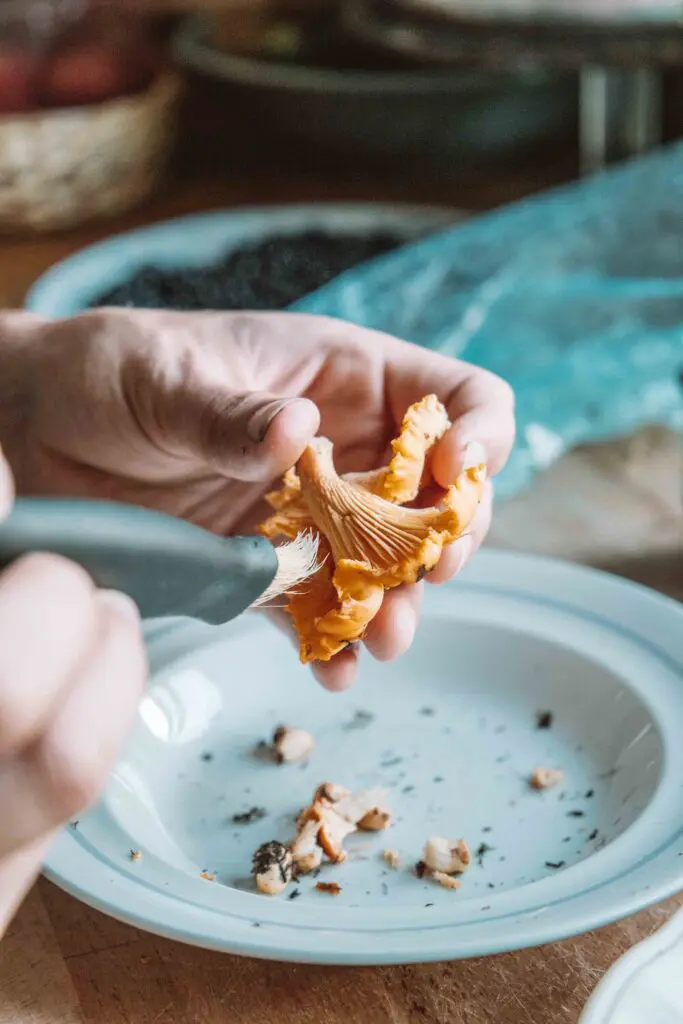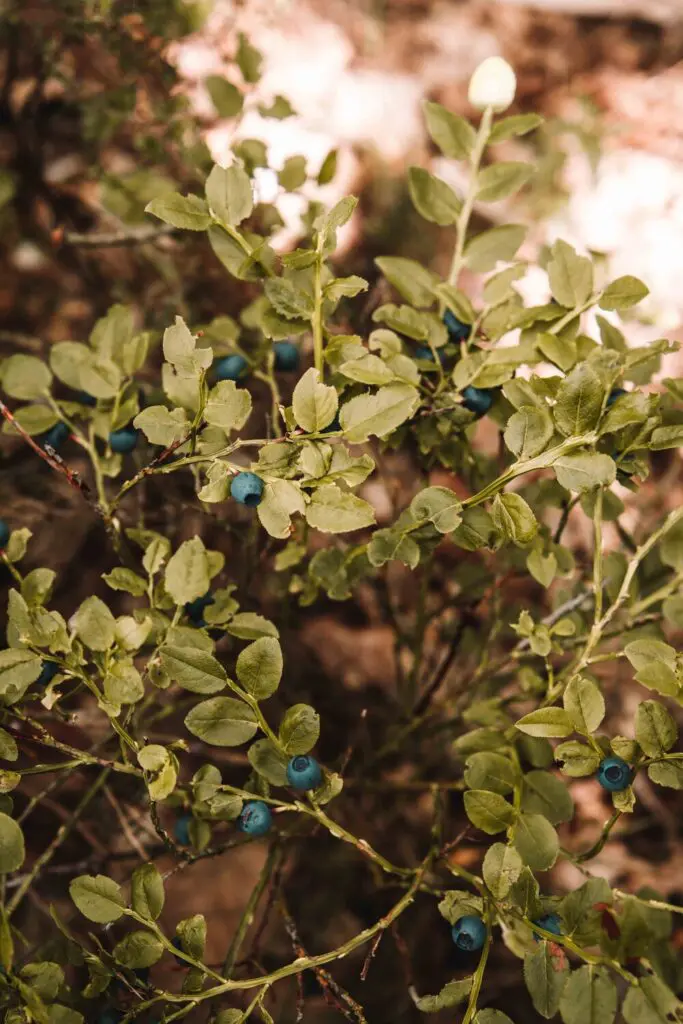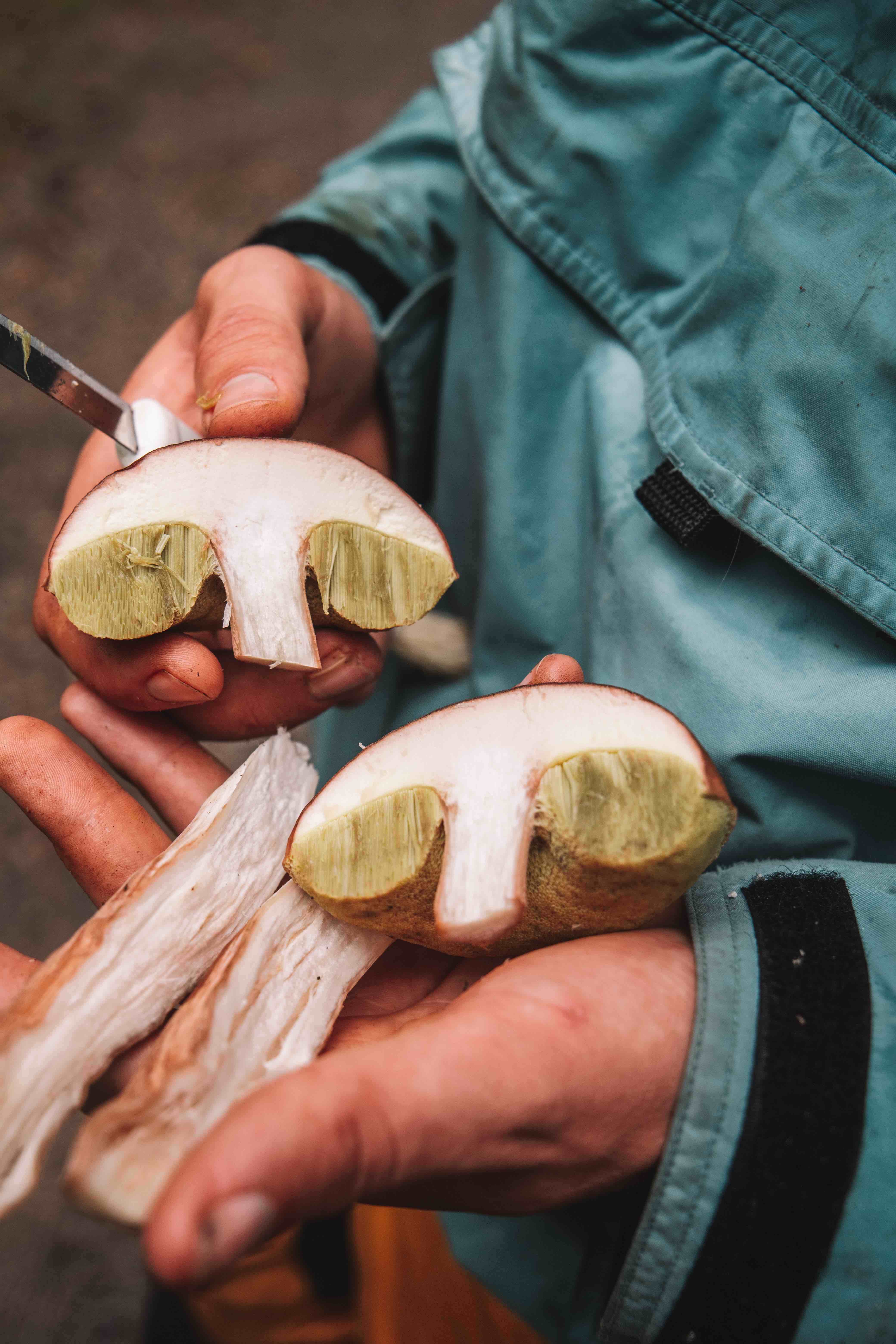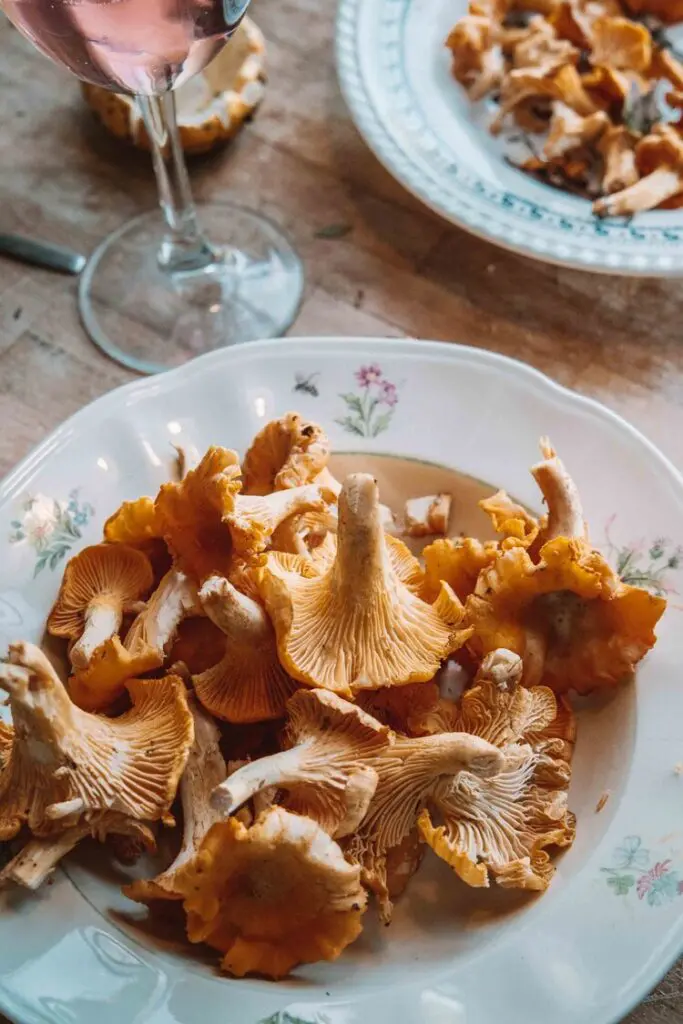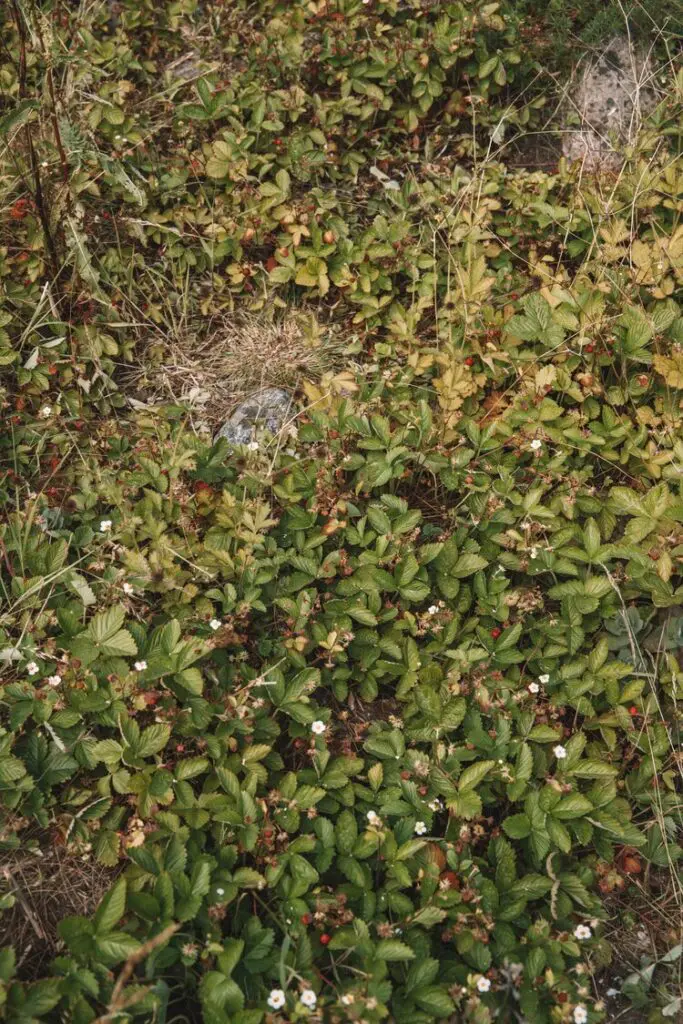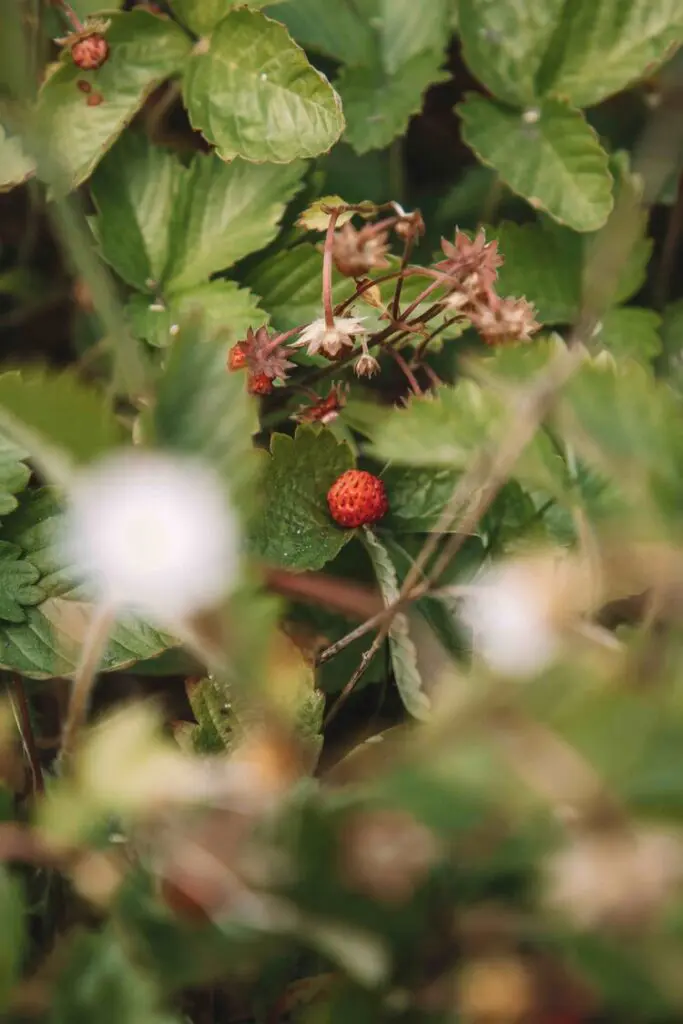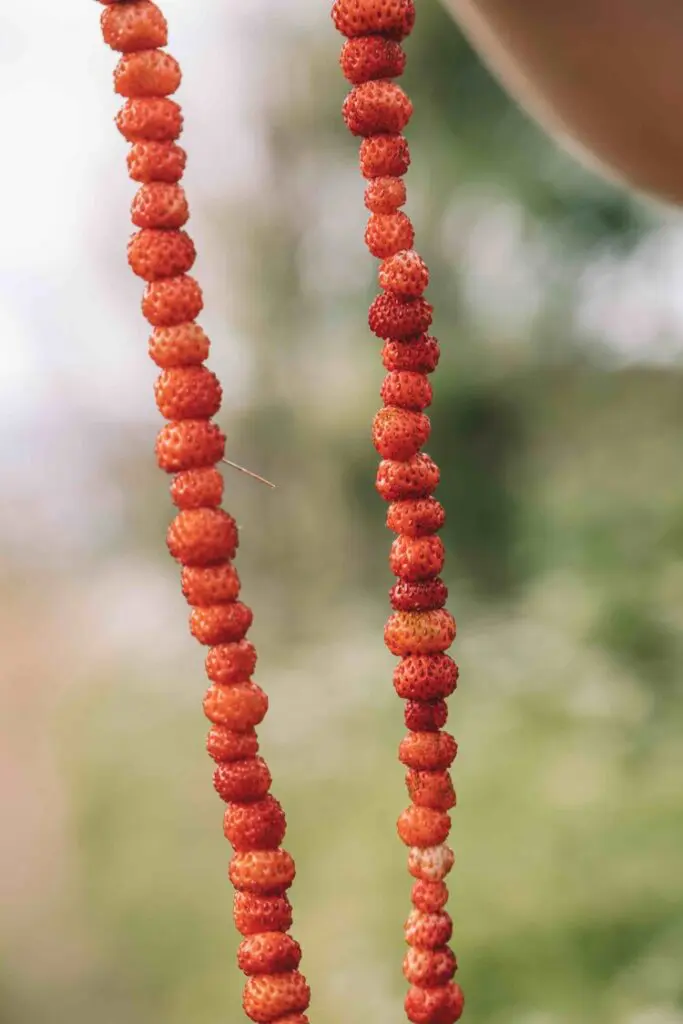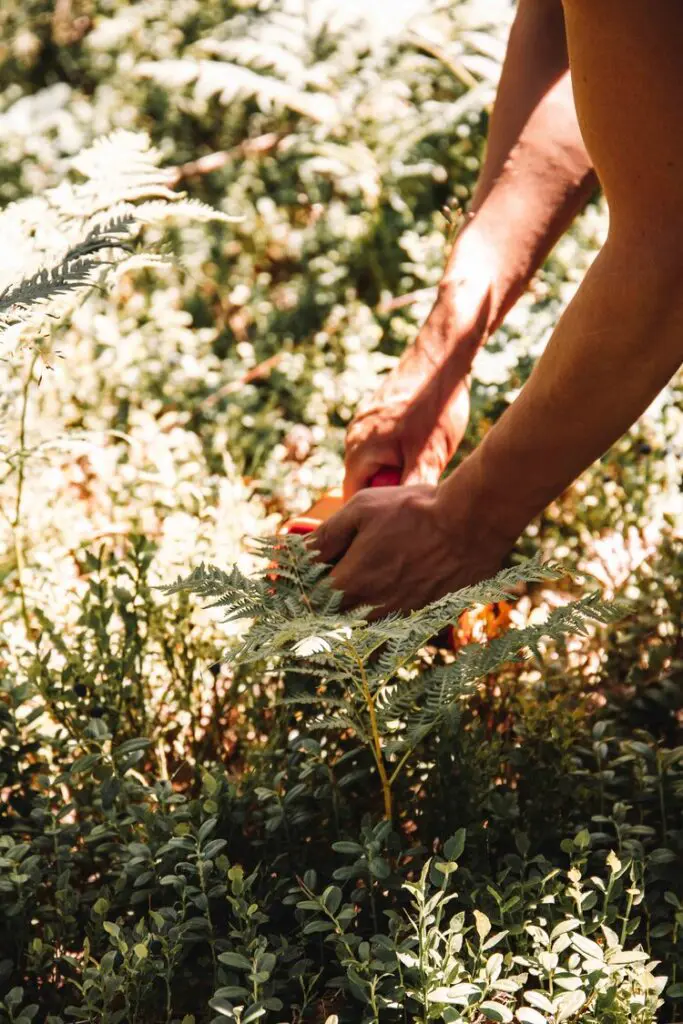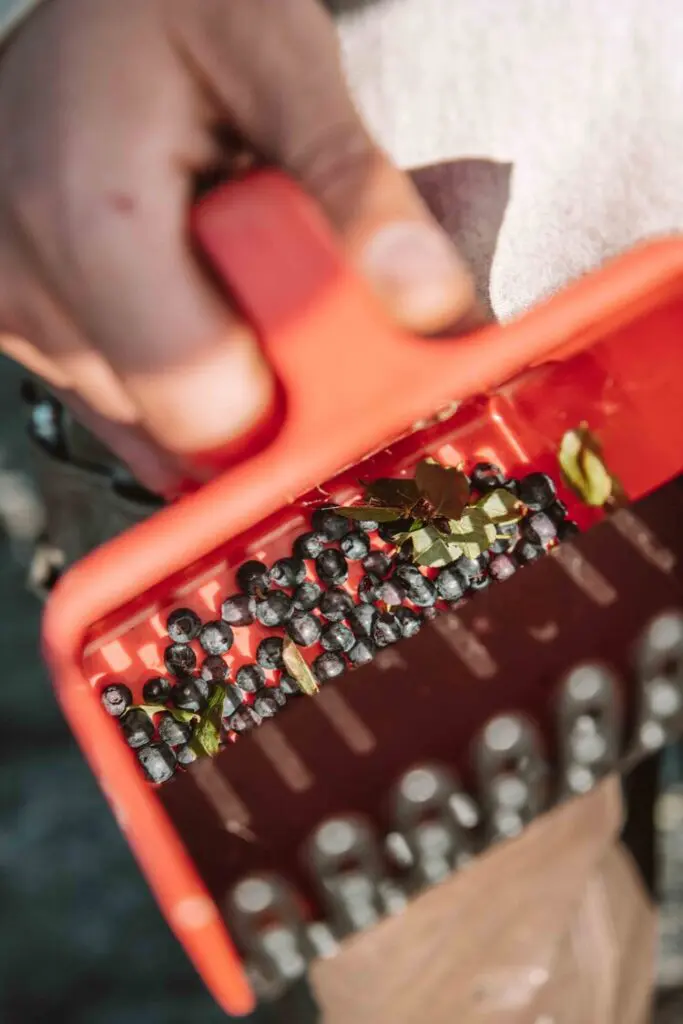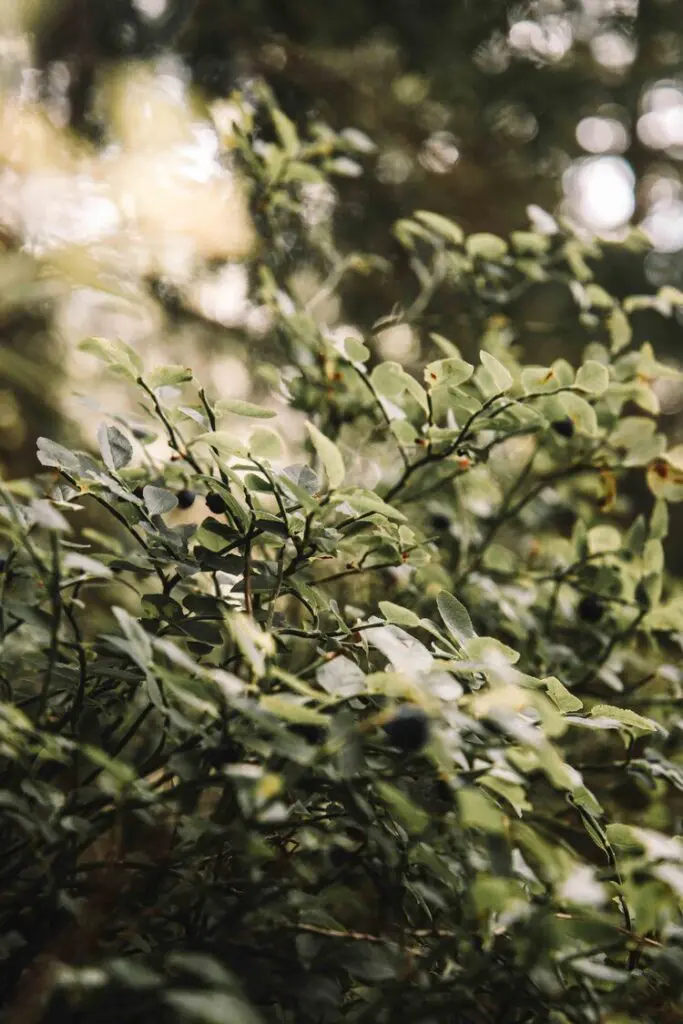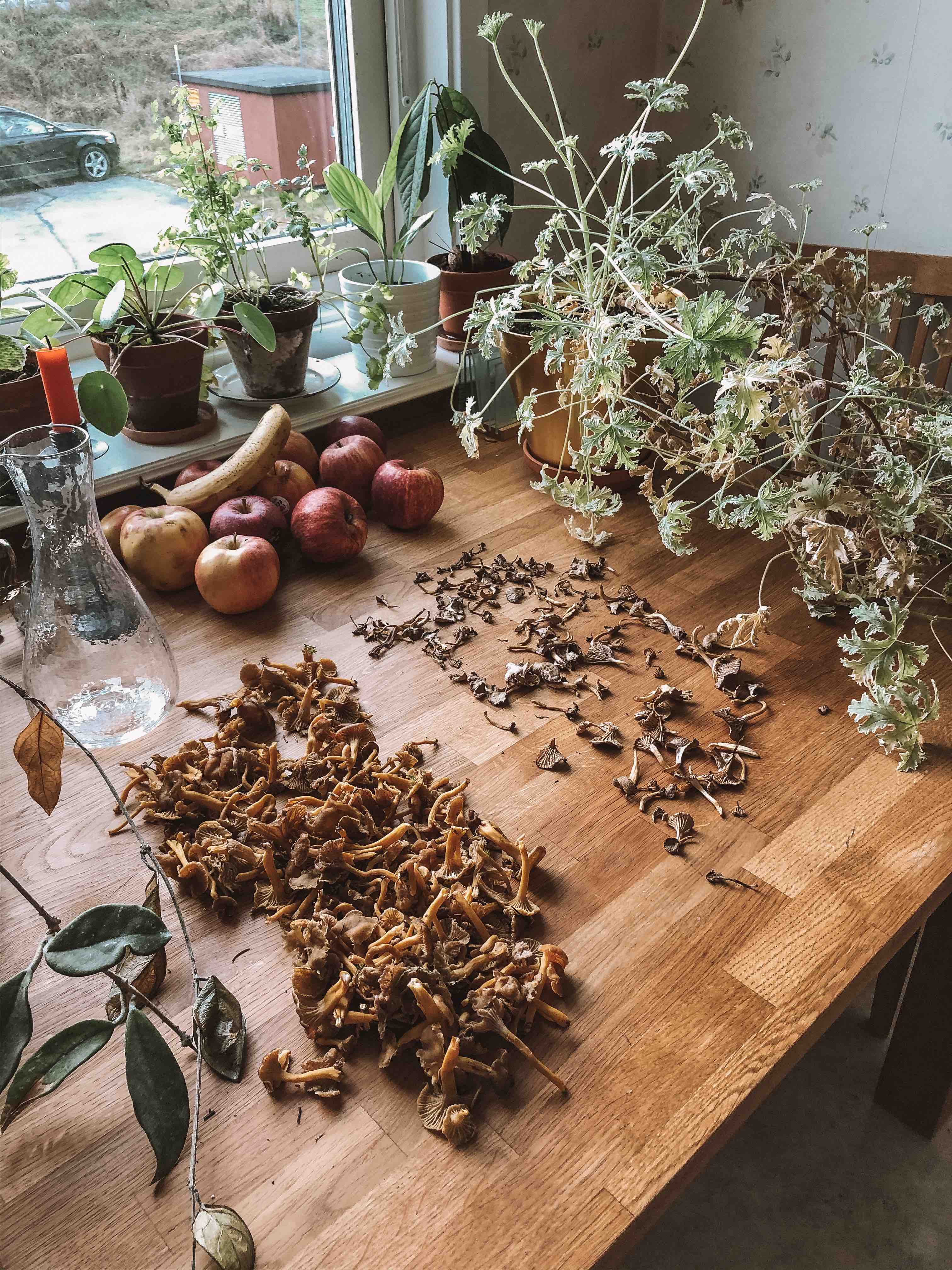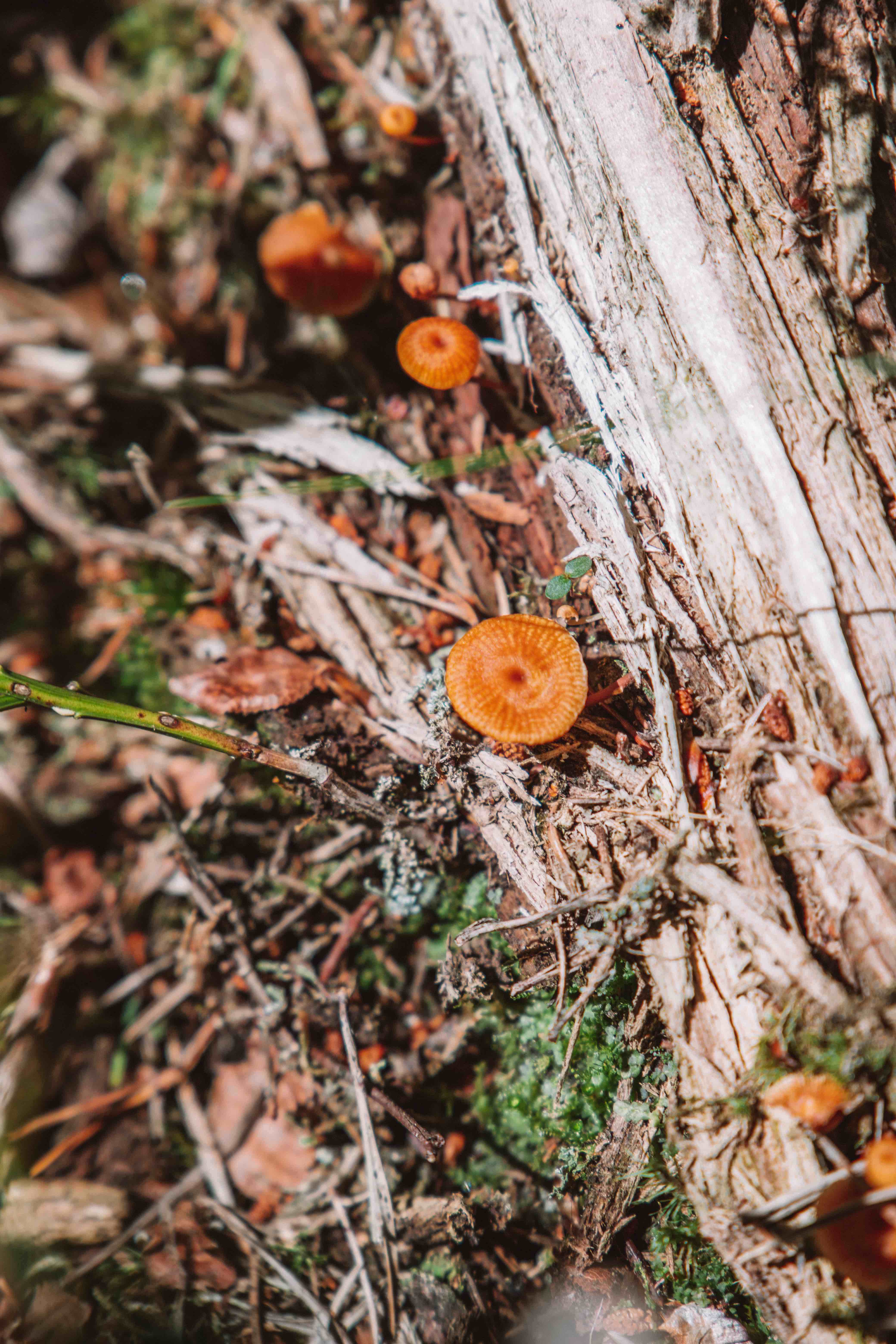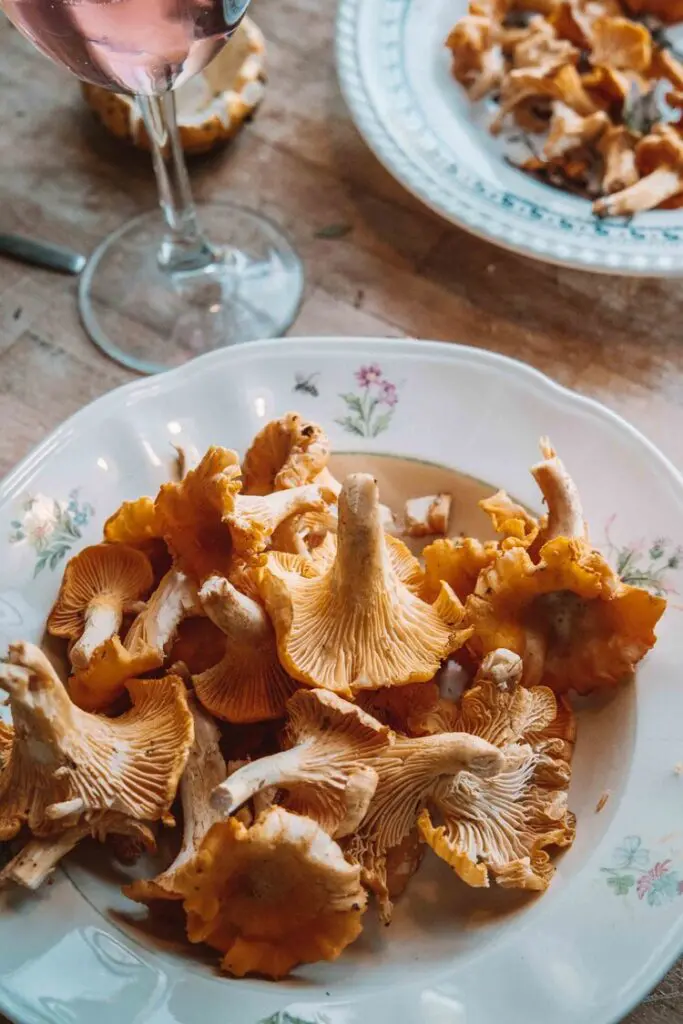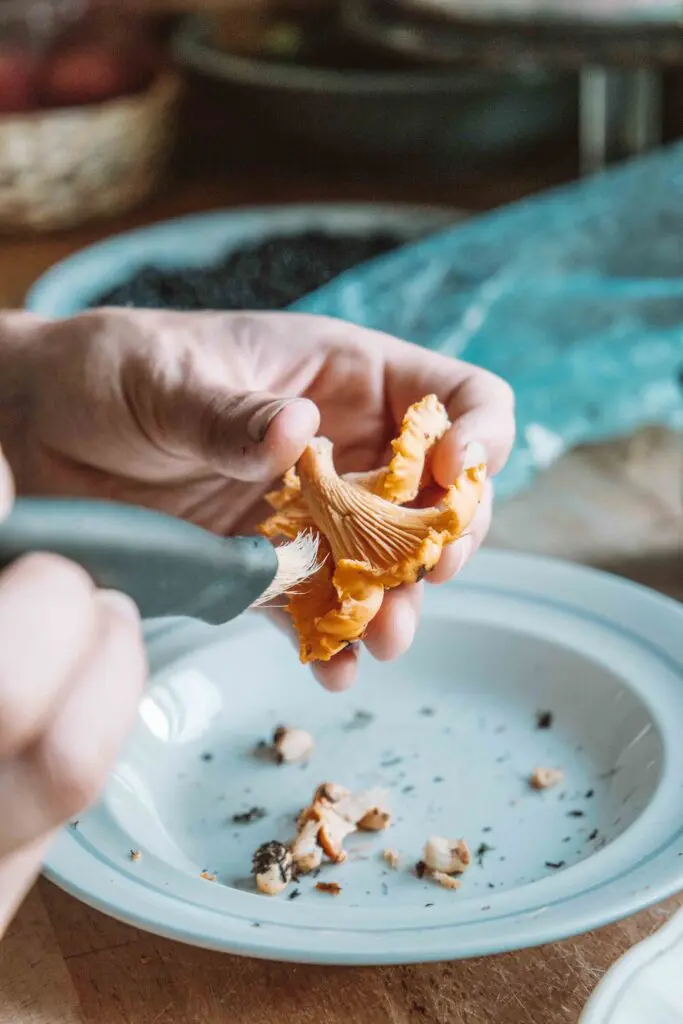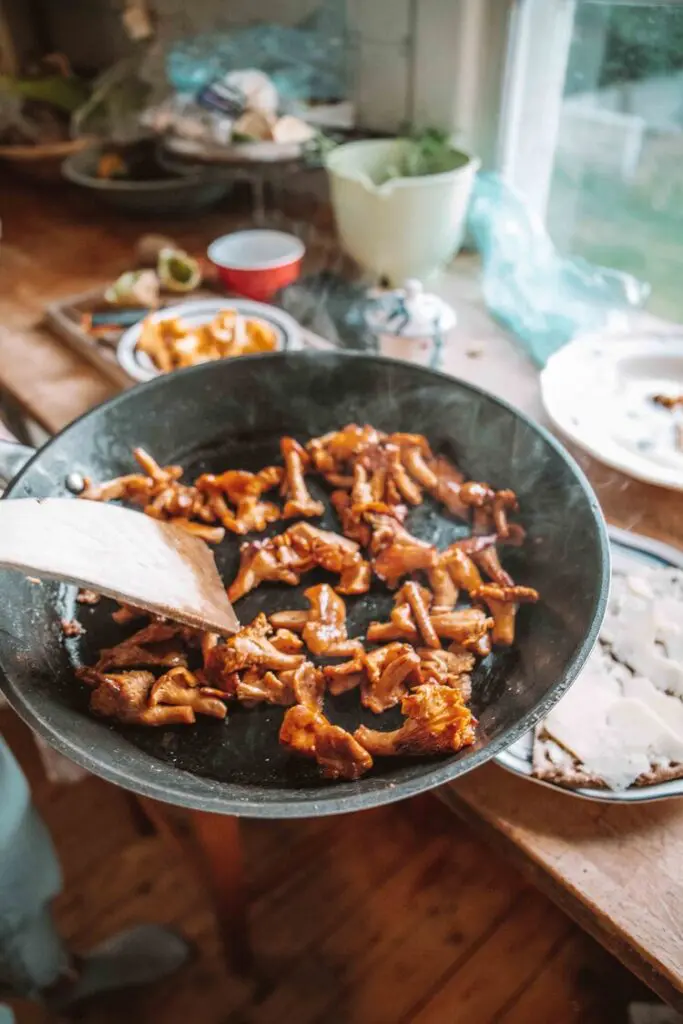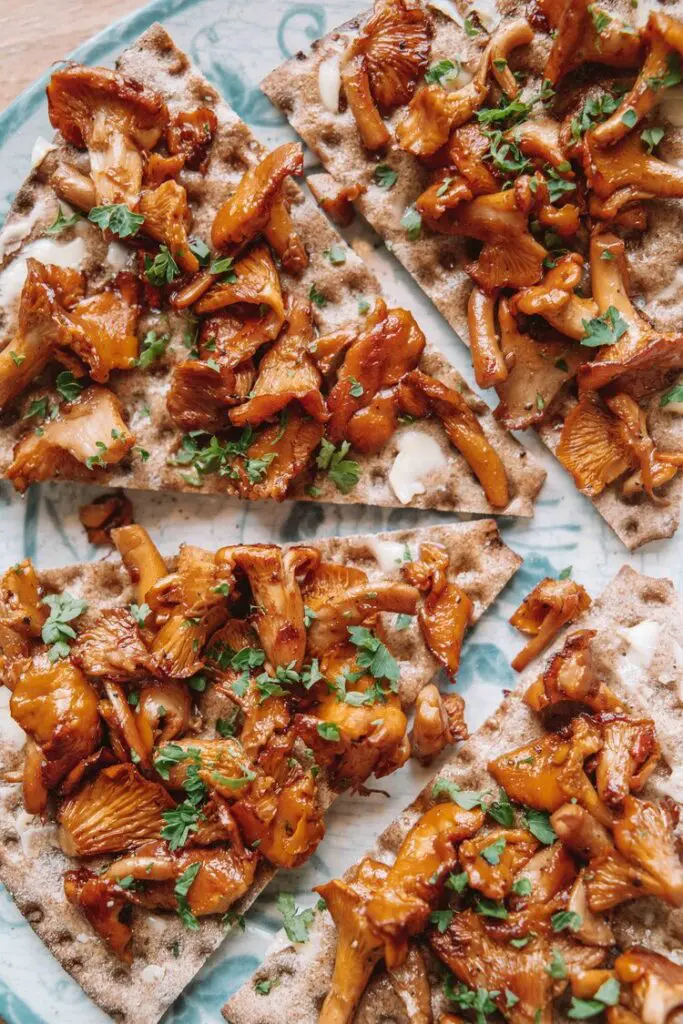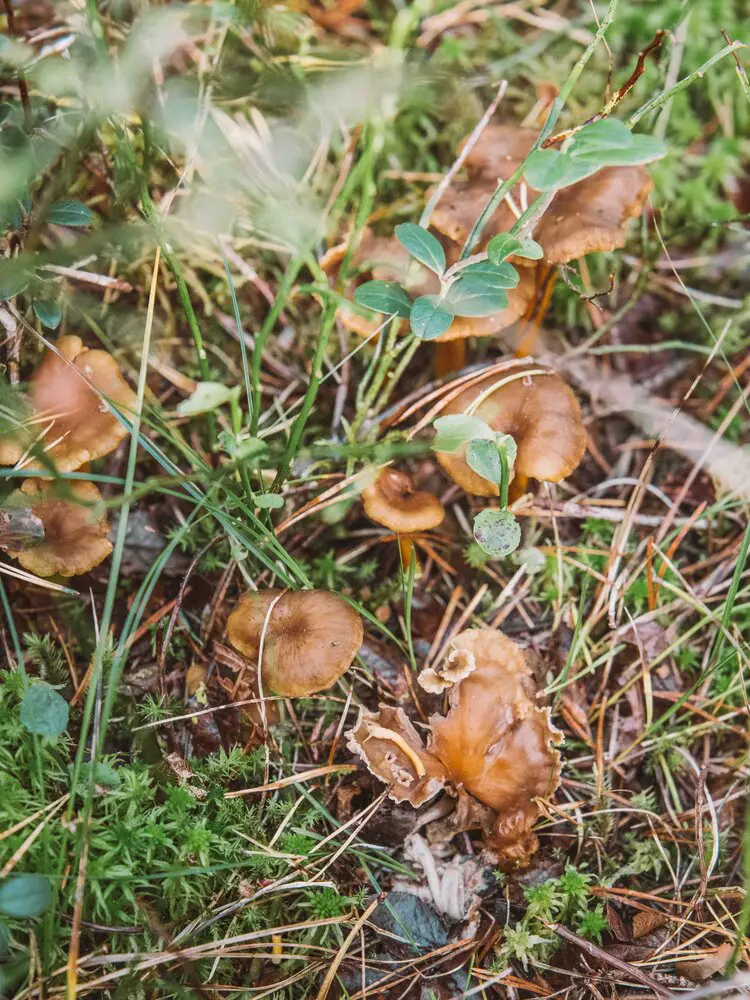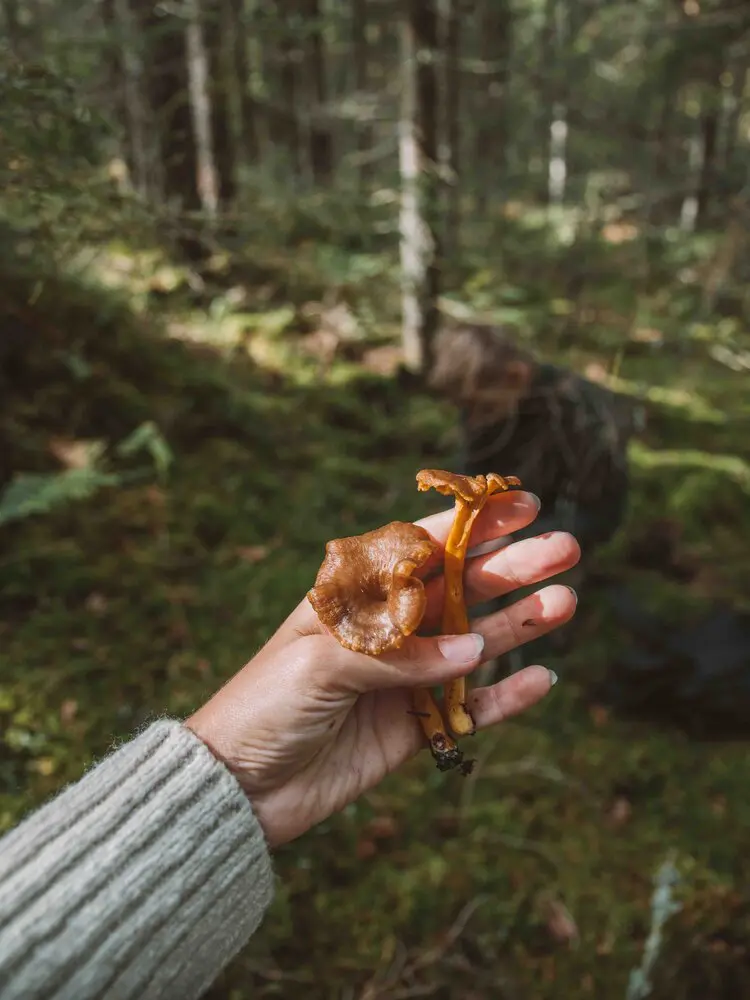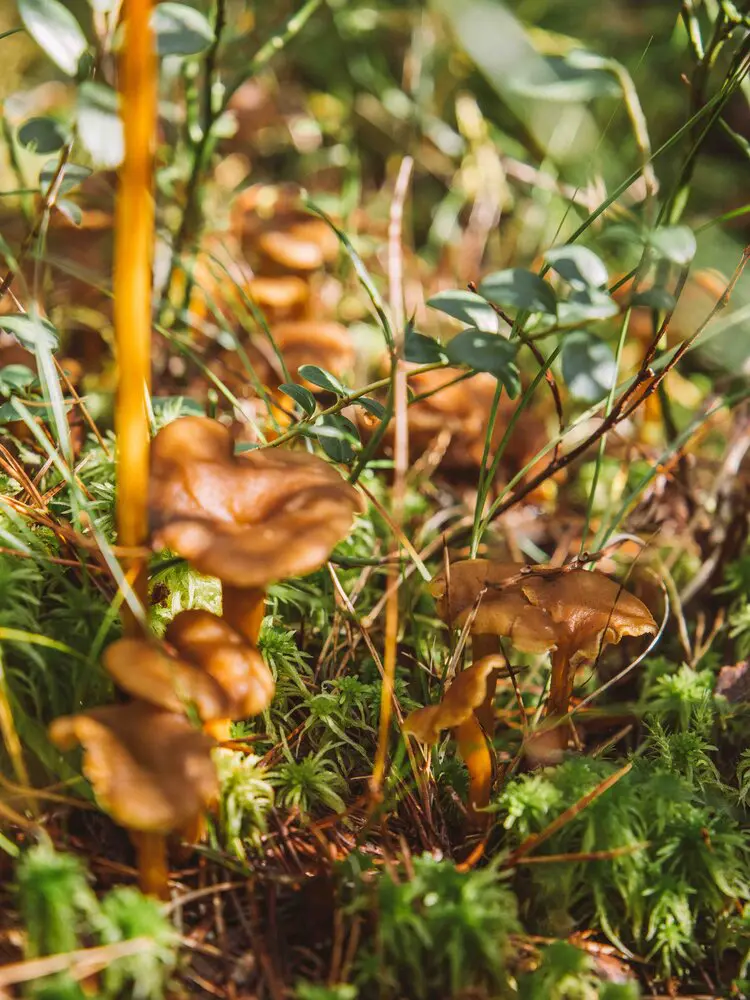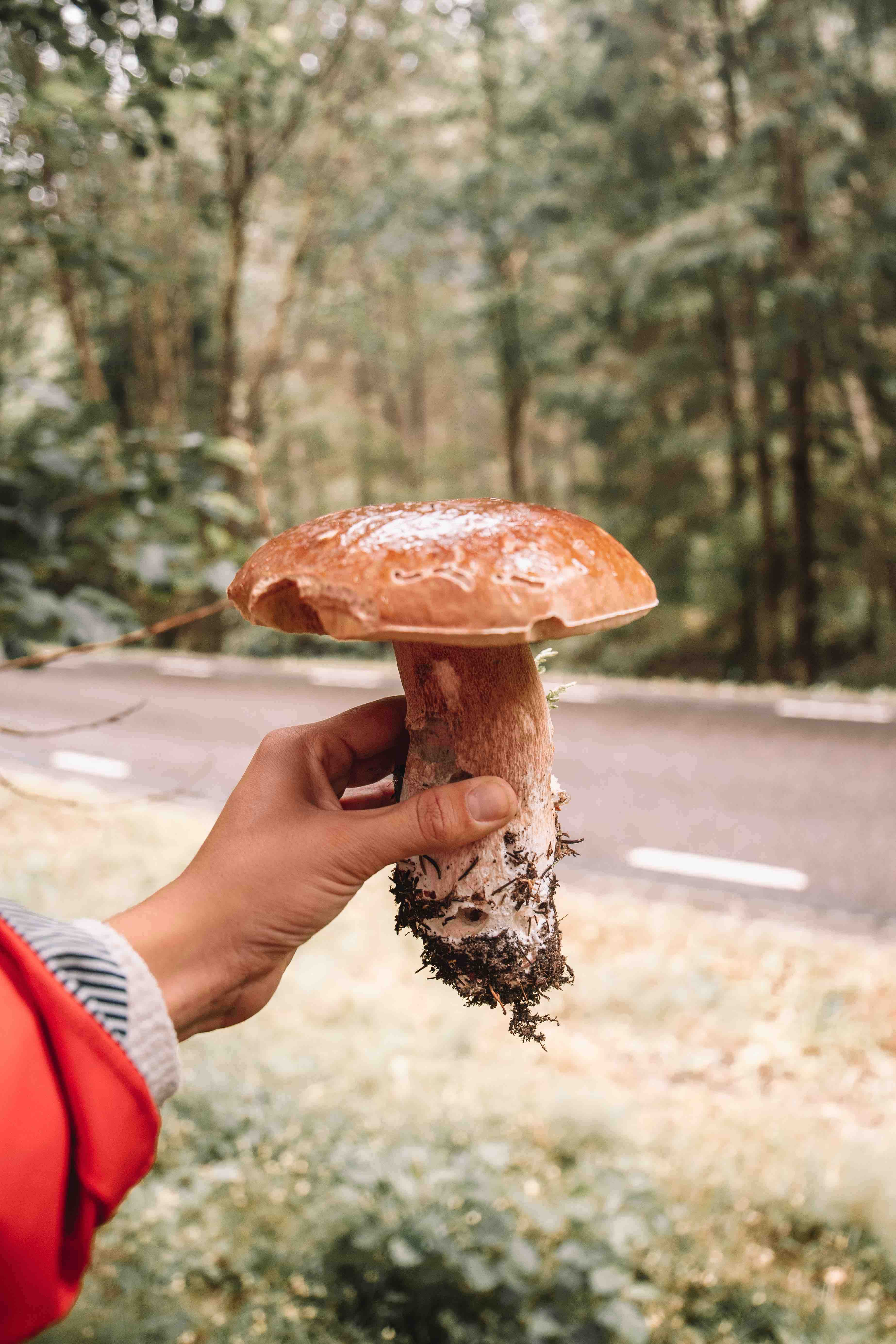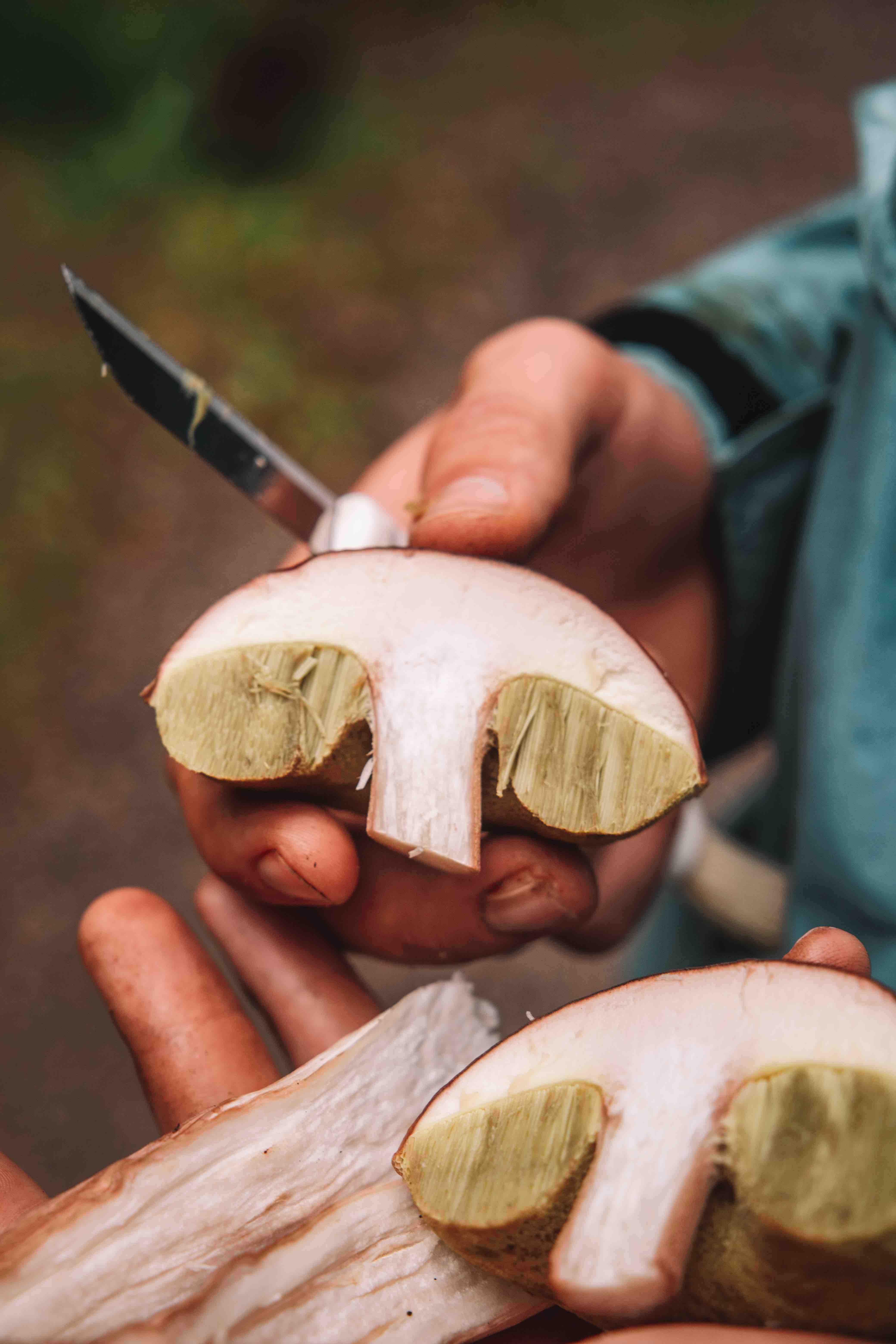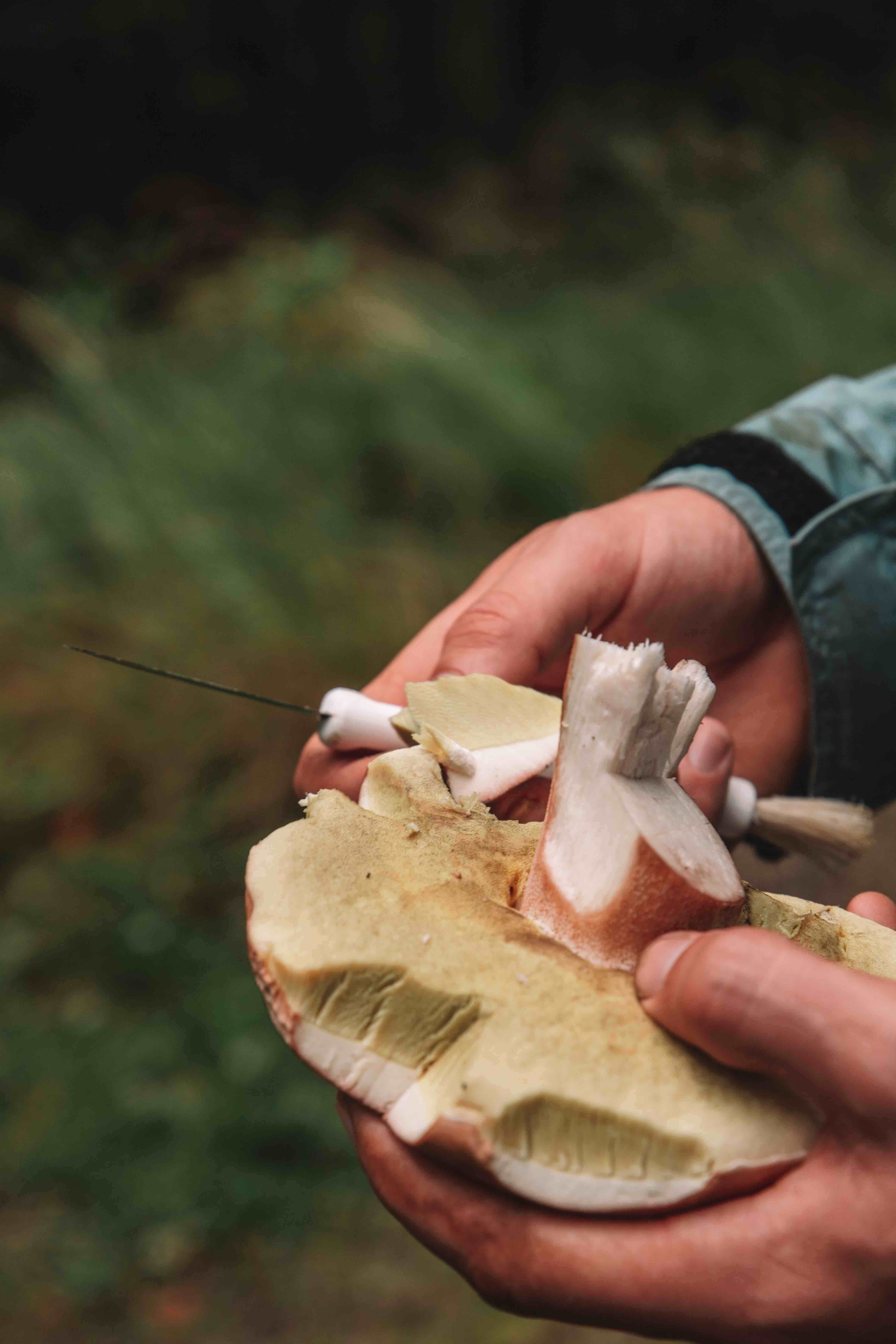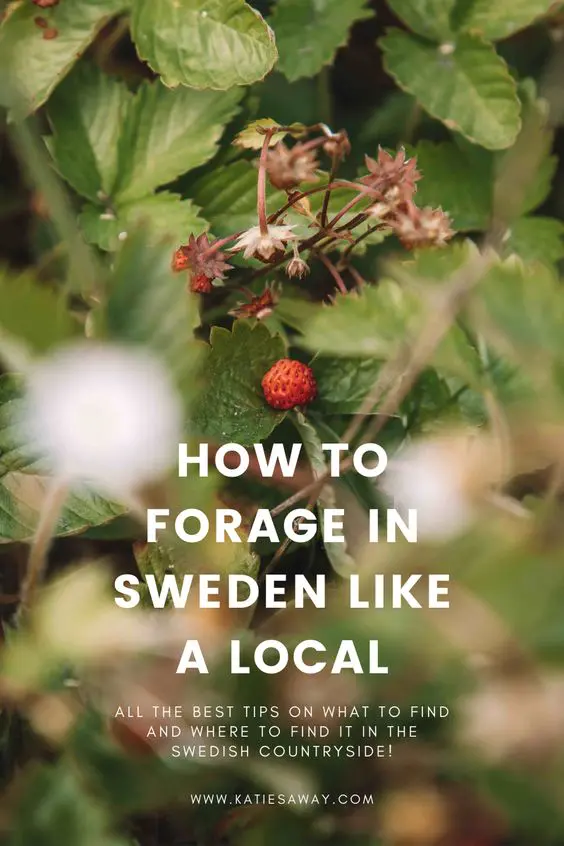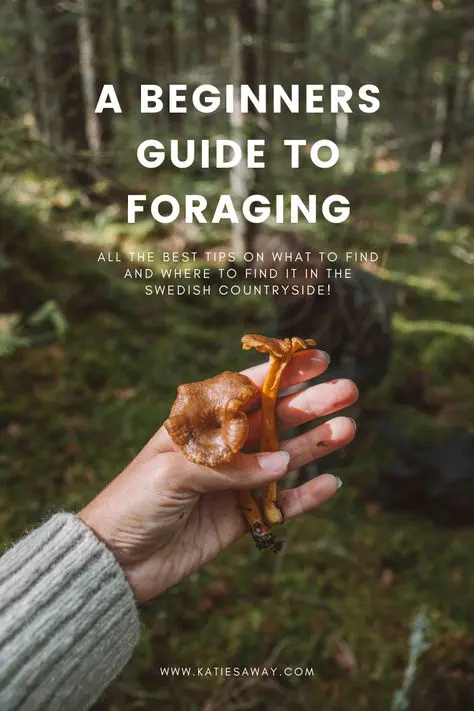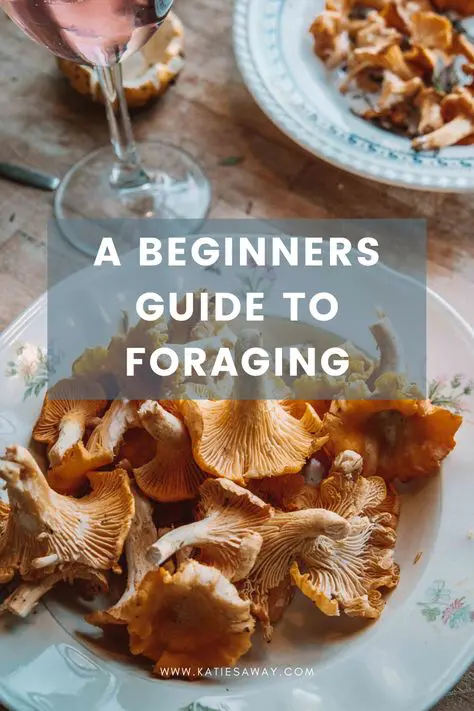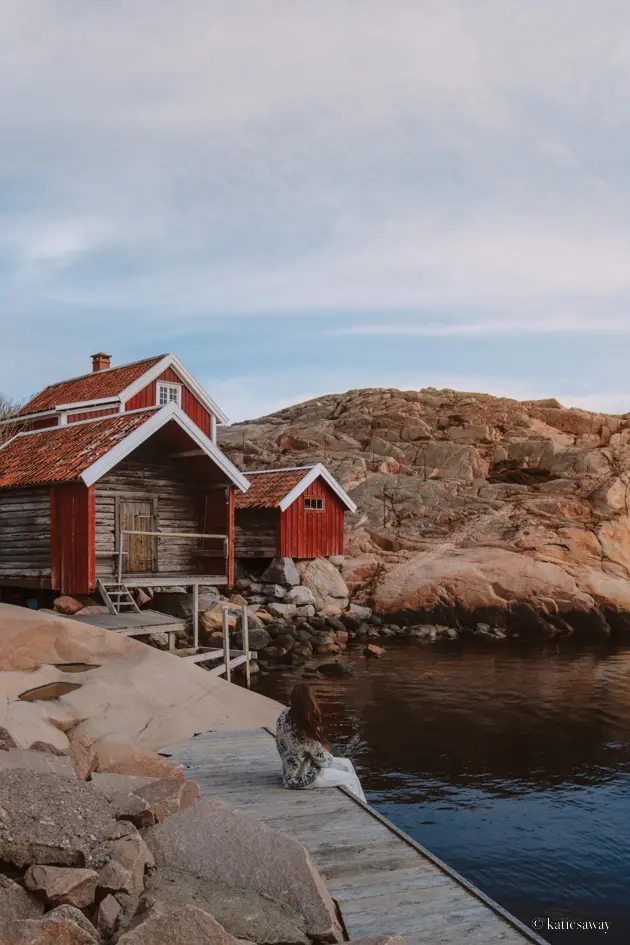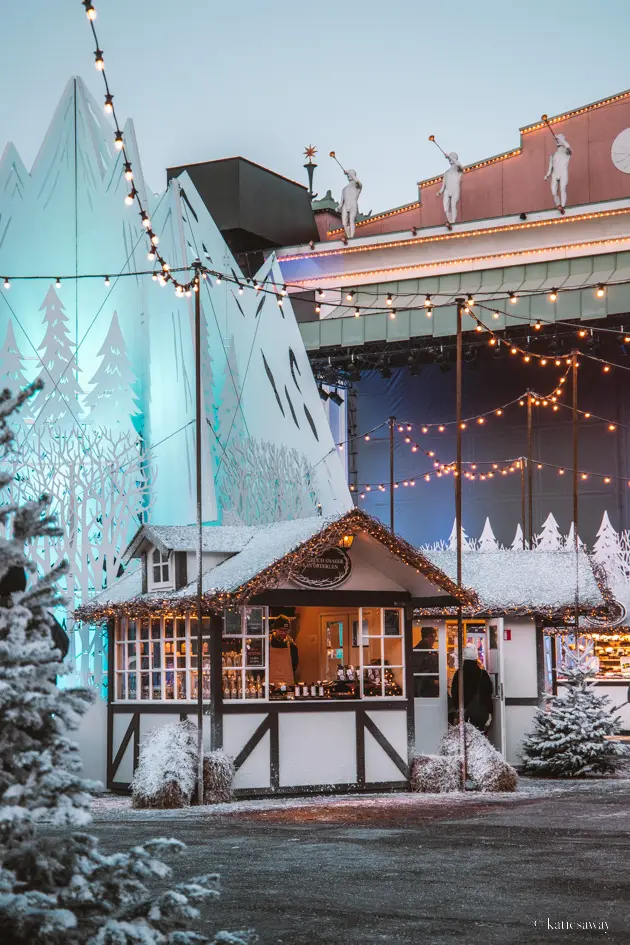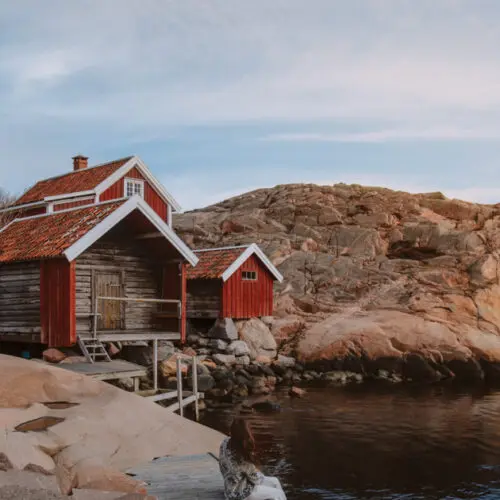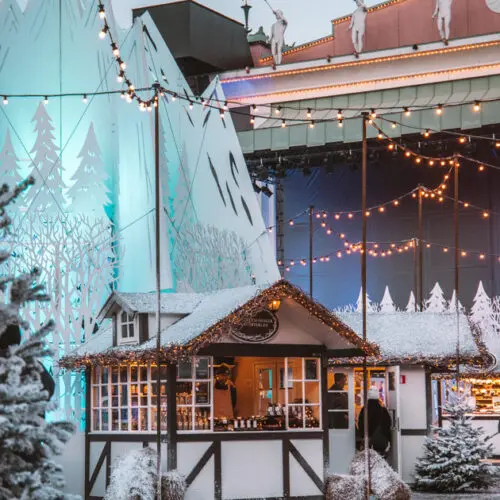Thinking of starting foraging in Sweden? Here is the ultimate guide to easy to recognise berries, mushrooms and flowers.
Foraging for our own food is a practice as old as time, yet at the beginning it still seemed incredible to me that it was possible to go out into the forest with a basket and come back with enough fruit to last the year. With over half the country covered in forest and such an abundance of fruits and mushrooms to pick, there is no better place to get started with foraging that in Sweden.
The best thing about foraging is knowing that the food you are collecting is 100% organic, ecological, and you know exactly where it is coming from. The Swedish right of public access – “Allemansrätten” – means you can legally roam the land, passing between forests and farmland as you wish. This excludes houses and public gardens, but other than that, you are free to start foraging in Sweden wherever you wish!
Where to begin foraging in Sweden
The best spots for foraging are often in older forests, especially when it comes to mushrooms. Mushrooms like chanterelles take need some time to develop strong root networks. This means that the older the forest the more likly you are to find big mushroom patches! If you are around Västra Götaland, some of our favourite old forests to forage in are Tividens Nationalpark and Svartedalens Naturreservat.
When picking a spot, we usually look on the map for a piece of dense forest out of the way of any major roads of pathways. It’s good to keep in mind that the marked paths often have thousands of walkers passing through in a summer season. This means you are much less likely to find berries and mushrooms here than venturing into a random piece of forest. In these bigger nature reserves there are often parking spots along the road that are big enough for 1 or 2 cars. From here you can just wander off into the forest in whichever direction you wish!
Another great place for foraging in Sweden is in meadowlands or big fields. This is more true for berries and flowers than mushrooms. Berries like blackberries and raspberries are often found in big patches on the side of the road. Just keep you eyes open as you drive down the country roads.
What can you find when foraging in Sweden?
Berries
In the peak of the summer it is often harder not to spot berries than otherwise when you are walking around in the countryside. Berries are abundant in the Summer and Autumn and one of the best things to begin foraging in Sweden! This year we managed to pick so many blueberries we has enough pies, jams and frozen berries to last the year.
Here are the best types of berries to forage in Sweden, including where and when to find them!
Wild Strawberries – Smultron
Wild Strawberries are extremely common in Sweden. They usually come in quite patches so don’t expect to be collecting a years supply of Smultron throughout the season! They have an appearance like small strawberries, and an incredible taste that faintly reminds me of the strawberry flavouring they use in candy! Smultron grow on a plant that looks very like a strawberry, but on a much smaller scale! They can be found in forests and on bushes, but I have found most of the time they are by the side of the road or on pathways!
If you are in Sweden you might occasionally hear the phrase “smultronställe”, a phrase which refers to a “sweet” spot, or a secret hidden gem of sorts. A fun children’s game to play is to collect a piece of long grass and thread the Smultron on to it so you have a line of berries that you can then eat from!
- Season: June and July
- Distinct Characteristics:
- Like small strawberries
- Red in colour
Blueberries – Blåbär
Blueberries are abundant throughout the summer and autumn throughout Sweden. This species of blueberry is otherwise known as a billberry or a European blueberry, and differ slightly from the American Blueberry you might usually find in the grocery store. They are usually found in big patches, and can be picked super quickly with the right tools. The best way to pick blueberries is with a berry picking rake, a small box with a rake at one end that you pull through the leaves of a blueberry shrub, catching the blueberries as they are torn off the stems. The quantity on each plant differs, but if you can see over 15 berries on the same stem then you know you have a good bush, and it won’t take long to fill you whole box!
- Season: July – September
- Distinct Characteristics:
- Grow on a shrub with small, dark green leaves
- Usually grow close to the ground
- A dark red, almost purple, flesh
- Recipes:
- Blueberry jam
- Crumbly blueberry pie
- Blueberry soup
Blackberries – Björnbär
Blackberries are also abundant in Sweden, although they are less likely to be found in the forest and more likely to be found on the side of the road and in bushes in a more open landscape. The blackberries you find in Sweden are the traditional blackberry you can forage all over Europe, with an appearance like a black raspberry. Generally the rule “the bigger the berry, the sweeter the taste” applies to blackberries, so it is often wiser to pick the biggest berries first.
- Season: Late July – September
- Distinct Characteristics:
- Grow on thorny bushes with small white flowers
- Begin growing in a red colour and change to black when they are ripened
- Recipes:
- Blackberry and apple jam
- Blackberry cinnamon buns
Raspberries – Hallon
Raspberries can be found throughout Sweden by the side of the road and in open grasslands. This is because they usually thrive in full sunlight and therefore cannot survive in shaded areas. The raspberries you find in Sweden are the same berries you can buy at the shop, or forage throughout the rest of Europe. They have a soft, dark pink colour and can be easily squashed. Make sure to treat them carefully, placing them in a bowl or bucket when picking instead of a bag.
- Season: July – August
- Distinct Characteristics:
- Raspberries grow on thorny bushes
- Are often smaller when found in the wild than the berries you are used to buying
- Almost “fall off” the bush when they are ready to be picked
- Recipes:
- Raspberry and apple scrolls
- Raspberry muffins
Lingon Berries – Lingon
There is no berry more Swedish than a lingon berry. They can be quite bitter when eaten raw, but when cooked or made in to a jam they have a much sweeter taste. Lingonberry jam is a traditional favourite to be eaten with meatballs and mash potato, or often with wild meats. They are usually found throughout the late summer in forests or across moorlands and can be identified by their bright red colour and very small leaves. They grow on a shrub that is often plentiful and found in patches.
- Season: Late July – September
- Distinct Characteristics:
- A diameter between 5 and 8 mm
- Bright to deep red – the darker the berry the riper it is
- Recipes:
- Lingon berry jam
Cloudberries – Hjortron
Cloud berries are a rarer berry, found only in the more northern parts of Scandinavia. They have an appearance like a raspberry, only orange and a little smaller in size, and the taste is difficult to explain. It is almost a mixture of sweet, sour and tart, but in the nicest of ways! They prefer wetter soil and can often be found in swamp areas, meadows and marshes. These berries only grow in Northern Sweden.
- Season: August – September
- Distinct Characteristics:
- Small orange berries with a look similar to a raspberry
- They grow with a ring of smaller leaves around the top of the stem
- Recipes:
- Cloudberry Jam
Rowan Berries – Rönnbär
Rowan berries are small red berries that grow on trees and can often be found by the side of the road. They are incredibly sour in taste and should never be eaten raw. A very common way to eat them is to make them into a jam, bringing out the sweeter flavours when the berry is cooked. You can then eat the jam wild meat, such as Moose of Deer, or with cheeses as more of a paste accompaniment.
Season: August – September
- Distinct Characteristics:
- Small, bright red berries growing on trees
- They grow in bunches and its often easier to pick a stem and then remove the berries later
- Recipes:
- Rowan Berry Jam
- Rowan berry and apple compote
The best beginner mushrooms to forage in Sweden
Mushrooms are one of the most fun things to forage in the Swedish countryside. They can be found in most forests and there are a few that are very easily identifiable so there is no need to worry about being poisoned! I would recommend double checking you do have the correct mushrooms if this is your first time foraging for them, but usually you should be quite safe!
It’s always best to bring a mushroom knife with you when foraging. This way you can cut the dirty bases of the stems off the mushrooms which saves a lot of time when cleaning later! It is important not to let the mushrooms dry out before you clean them otherwise it is much harder to remove all the dirt! If you need to do this the day after they are picked then make sure to store you mushrooms in the fridge in a bag or container.
When cleaning, the easiest way is to use a mushroom knife to cut off the base of the stem, and then use the brush end to brush away the dirt. It is not a big issue if there is a little bit of dirt left!
Chanterelle – Kantarell
Chanterelles are one of the easiest mushrooms to spot in the forest, and one of the most delicious to eat! They are incredibly popular when foraging in Sweden, their distinct orange colour makes them really easy to spot! They mostly grow in old forests, thrive in wet conditions and get on well with Spruce and Birch trees.
Chanterelles are best eaten fresh, however they are still good when dried or boiled and then frozen and kept for use through the year. Everyone has their own special chanterelle spot, and is unlikely to share this with anyone outside their close family circle! So, if you are new to mushroom picking, the best way is to visit an old forest, find a spot near a stream or lake if you can. Grab a bad and a mushroom knife, and spend a few hours roaming! The first one can be hard to spot, but as soon as you train your eyes to recognise the colour you will be seeing them everywhere!
- Season: June – September
- Distinct Characteristics:
- Yellow/ Orange in colour
- Generally grow as individual mushrooms instead of in groups
- Always grow on the forest floor
- Thick ridges underneath the cap
- The cap edge is wavy and irregular
- Recipes:
- Butter fried on rye bread
- Chanterelle sauce
- Chanterelle burgers
Funnel Chanterelle – Trattkantarell
Funnel mushrooms are abundant in Swedish forests throughout the autumn. They are easily spotted due to their distinctive characteristics and grow mostly in moist, mossy areas in spruce forests. They are often so abundant that you can sometimes pick enough mushrooms for use over a year in just one session. Funnel chanterelles are best eaten fresh but can be dried out and used throughout the year. When drying, you must first clean them and then cut each mushroom in half to double check there is not an animal in the stem. They are then laid on a big net in a dry room for a few days. When they have finished drying they will be about half the size they were when picked., and can be stored in a container for future use. When you cook them they go back to their original size.
- Season: July – September
- Distinct Characteristics:
- A brownish grey coloured cap and orange stem
- Smaller in size
- The cap edge is wavy and irregular
- Usually hollow from top to bottom like a funnel
- Recipes:
- Funnel Chanterelle Sauce
- Pasta with funnel chanterelle, lemon and thyme
- Fried with black pepper and rosemary
Penny Bun – Karl Johan
Penny Bun mushrooms are fairly common in Sweden and are often found in small clusters in oak, pine and spruce forests. They can be identified by their reddish brown cap and soft convex shape. Their creamy coloured, flat underside makes them easily recognisable. They have a mild and nutty taste reminiscent of almonds, and can be eaten both raw and cooked.
- Season: June – September
- Distinct Characteristics:
- A bigger mushroom, often found in clusters
- Soft, almost spherical cap
- Reddish, brown colour with a creamy underside
- Recipes:
- Fried in butter
- Served raw in a salad
Hope this guide was a help and has encouraged you to give foraging in Sweden, or your local forest, a try! Let me know in the comments section if you have found anything or maybe your favrouite recipes – I’d love to hear how you get on!
Disclaimer: Please remember to always double check everything you forage to make sure it is not poisonous. If it is your first time, I recommend going out with someone who has experience and can help you to identify the correct edible plants.
